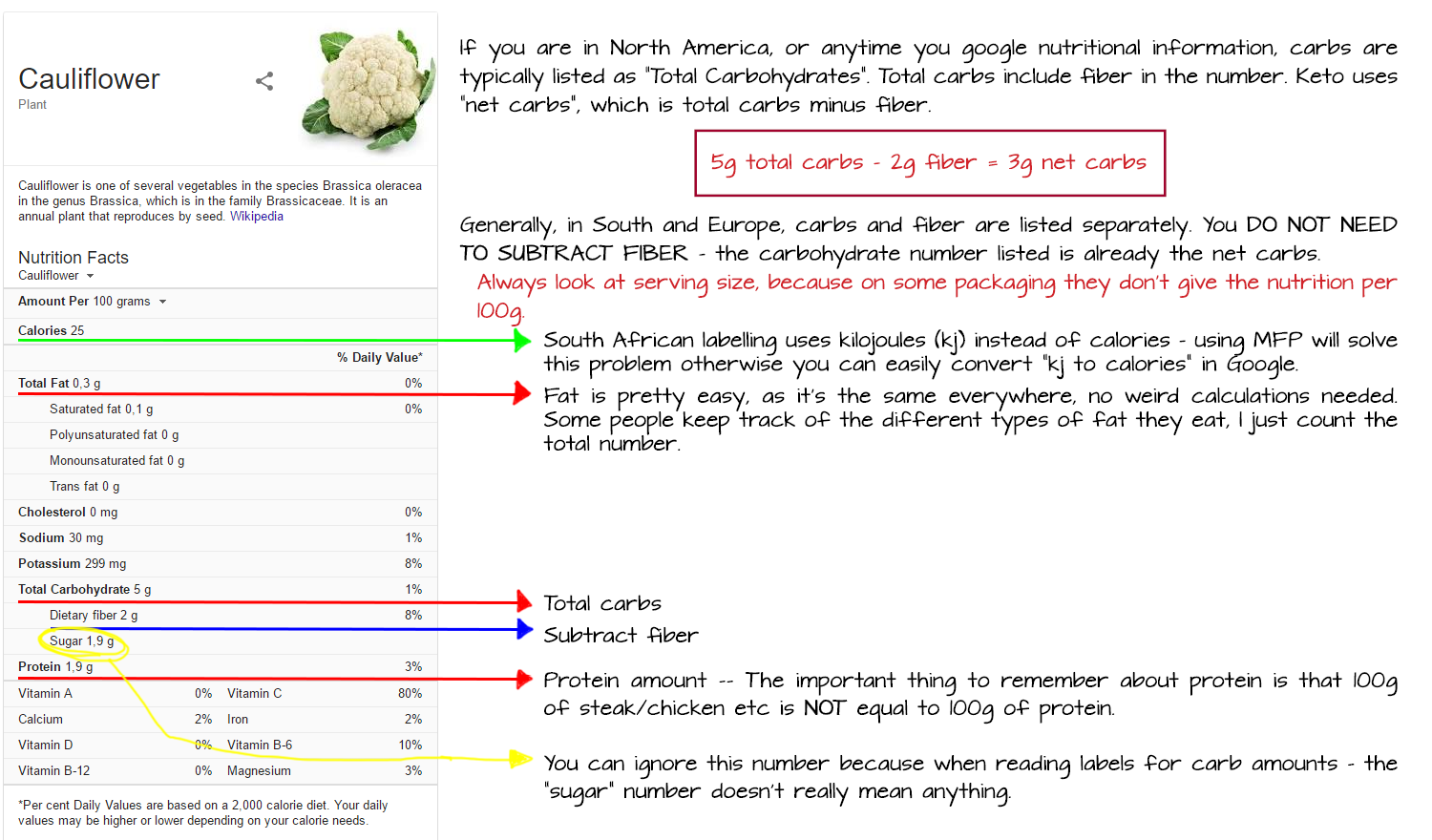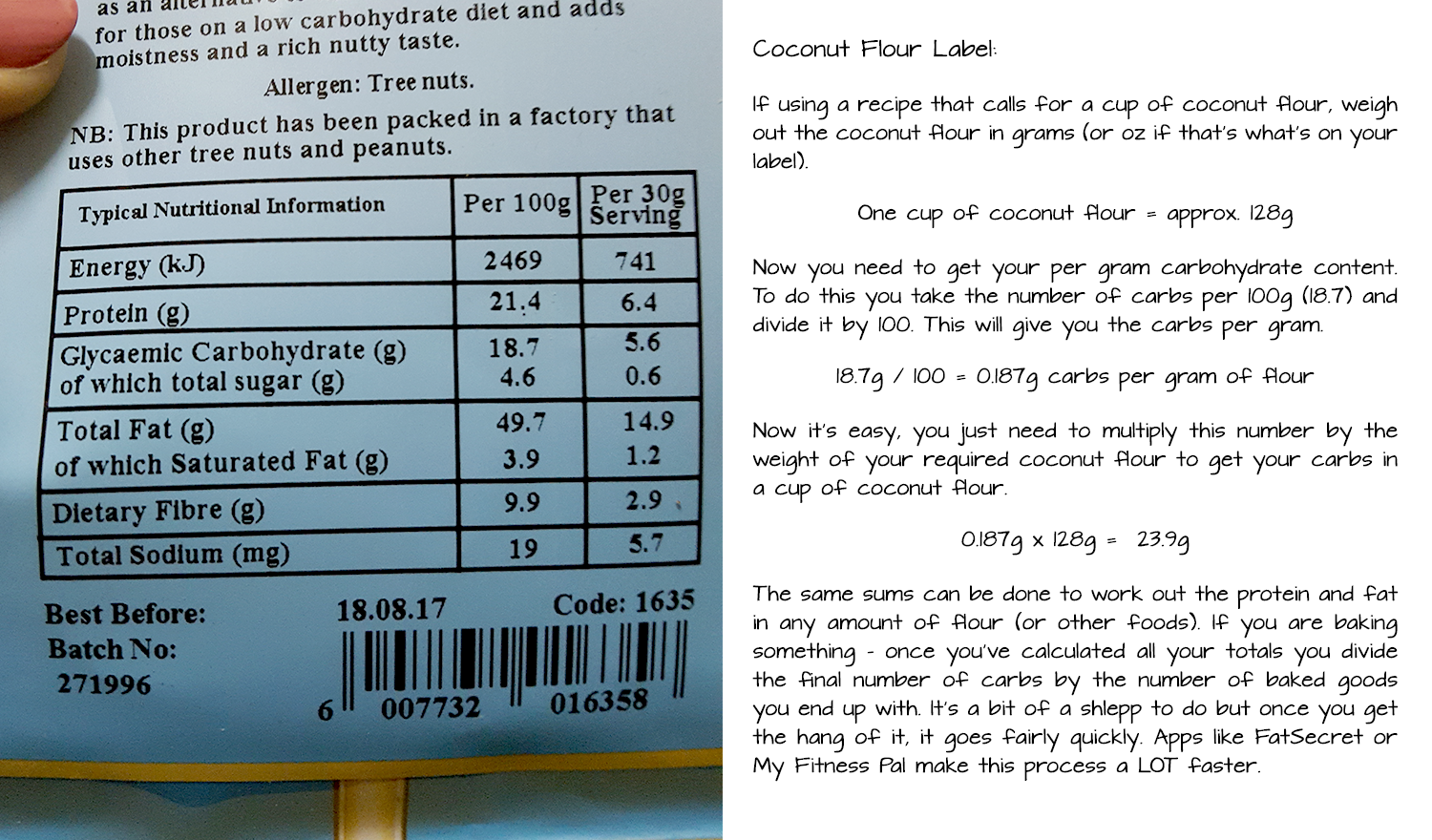I used to see people reading labels in grocery stores and I would wonder what they were using that information for. I was perfectly happy continuing to live in happy ignorance of what I was putting in my body. I did not take my health seriously at all. When I started doing keto I had to train myself to READ EVERYTHING. No more blindly trusting that if a product had a heart health symbol on it, or it said "diabetic friendly" (the biggest lie you can find on packaging in South Africa), "sugar free" (when the contents list maltodextrin), "wholegrain", "all-natural", "organic", "gluten free", "low calorie", oh and my favourite "superfood". I quickly figured out that the only person I could trust regarding my nutrition, was myself. Which meant I had to educate myself.
In the first few months I did a lot of reading and watched all the food related documentaries I could get my hands on, regardless of their point of view. I wanted all the information. Then I started filtering the information based on what I felt was working for my body. As I'm sure you've all figured out by now, I do keto, which means I severely limit my carbohydrate intake to less than 25g a day. I had to teach myself how to make sense of what food labels said so that I knew what I was eating each day.
Once you know what your macros should be, or if you are doing CICO (calories in, calories out), what your calories should be - you need to know how to turn the numbers on the labels into your macros or calories. The easiest way is to use My Fitness Pal and input your food into your diary. MFP will give you the nutrition for most foods/brands available. But because it is user editable - always double check numbers that don't look right. Google is great for this, the best way is to search "100g Cauliflower Nutrition" and you will get this: (to view the images larger on desktop - open in new tab)

Generally when you are looking for keto friendly foods, it is a good idea to stick with things that are 5g (net) carbs per 100g or less. That is the easiest way to figure out what generally consititute keto food. However, this rule does not apply to everything, as things like coconut flour and pecan flour are higher than 5g. This is more of an easy rule to apply to instant foods like nuts/cheese/vegetables.
To work out the values for the amounts you are actually eating you can either input your values into MFP or work them out manually. I prefer doing it manually because MFP doesn't have all the locally available foods.


You should also make sure you ALWAYS read the ingredients.
Ingredients are listed in descending order by weight, so the ingredient that is listed first, is the most abundant in the product, the one listed last is therefore the least abundant. So if for example sugar is listed first or second on the list of ingredients, then that would mean that sugar is one of most abundant ingredients in the product and probably should be avoided.
If you are trying to lower your sugar intake, it is important that you learn how to recognise all the different names for sugar - there are many! The visual below has some of them on here, but it is missing "coconut sugar". I fell into this trap when I first started doing low carb… I got so excited about finding a "natural sugar" that was "safe for diabetics". Complete rubbish. If you are carbohydrate sensitive (diabetic etc.) then sugar is sugar. Regardless of the source. My blood sugar spikes the same if I eat some pineapple or toffee. There is a lot of debate about healthy sugar vs. processed sugar - and I am not saying that fruit is bad. Some people are able to process carbs better than others and if you are going to get sugars, fruit is always preferable to something like High Fructose Corn Syrup. It is just important that you educate yourself about what you are eating.

Once you get into the habit of reading labels, it becomes almost second nature. If you have any questions or would like me to add anything else to this post, please leave a comment.
Links: (I do not agree with the nutritional information in some of these links, but they are helpful with regard to label reading)
How to understand food labels in South Africa
How to read nutritional labels
Tags: Diabetes Keto Keto_Basics Life Weight Weightloss Labels Read